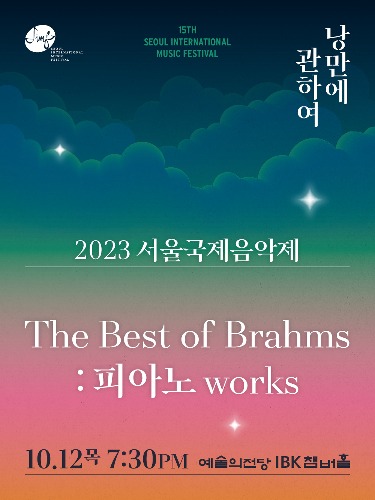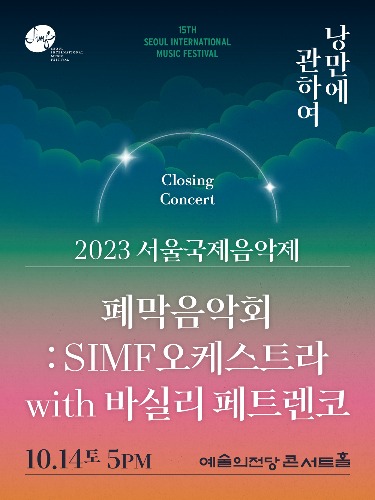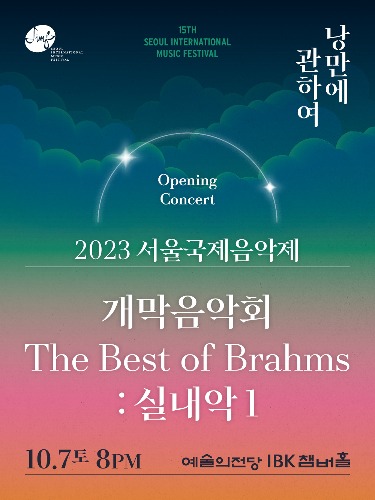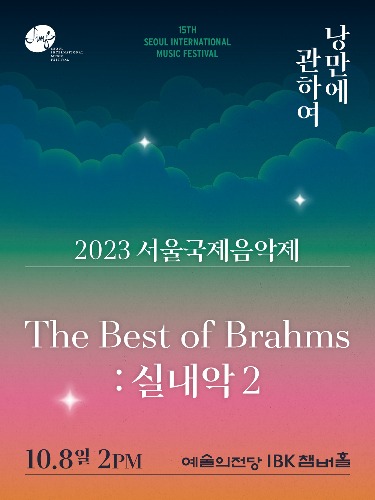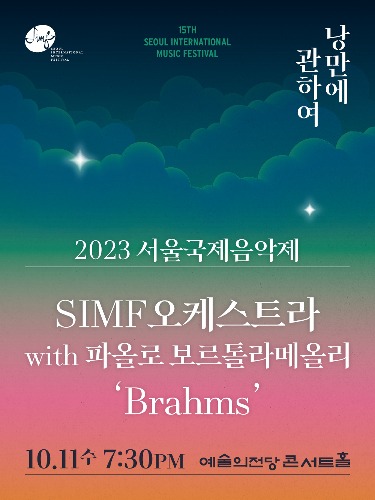요하네스
브람스 Johannes Brahms (1833~1897)
멘델스존과 슈만 등이 활발히 활동하던 낭만파 음악의 최전성기에 나타난 작곡가 브람스는 이에 휩쓸리지 않고 철저한 고전의 형식과 낭만주의의 정서를 누구보다도 뛰어나게 융합시켜 그만의 독자적인 음악세계를 구축해낸 작곡가이다.
지극히 평범한 집안에서 태어난 브람스는 어려서는 음악에 뜻을 둔 아버지에게서 음악을 배우기 시작했으며 코셀과 마르크스젠에게서 피아노와 작곡공부를 하며 본격적으로 음악의 길을 걷기 시작했다. 하지만 브람스에게 누구보다도 큰 스승은 바흐와 베토벤이었으며 그는 있는 힘껏 그들을 경배하고 탐구했다. 젊은 브람스는 먼저 피아니스트로 유명했는데 헝가리 바이올리니스트 레메니와 연주여행을 통해 하노버에서는 요하임을, 바이마르에서 리스트를, 그리고 뒤셀도르프에서 슈만을 만나는 등 당대 유명한 음악가들과 조우하게 된다. 특히 슈만은 그가 발간하는 음악잡지에 무명의 브람스를 크게 소개하고 이 어린 천재 작곡가를 자신의 집에 머물게 하며 막역한 인연이 이어가게 된다.
1860년 빈에서 본격적으로 작곡활동을 시작한 브람스는 신고전악파라 불릴 만큼 절대음악에 경진하며 19세기에 있어 최후의 고전적 작곡가로 추앙 받는다. 이때는 베토벤과 슈베르트의 죽음으로 고전주의가 막을 내린 이후 ‘베토벤의 뒤를 이을 작곡가’로 베버, 멘델스존, 슈만이 등장했지만 그들은 베토벤의 후계자가 될 수는 없었으며 이에 새롭게 누군가를 찾고 있던 시기였다. 바로 그 작곡가가 브람스와 바그너였는데 둘은 이러한 배경과 함께 음악 또한 ‘보수’와 ‘개혁’으로 대변되는 극명한 차이를 보여 본의 아니게 센세이션을 불러일으킬만한 일대의 대립을 만들어내게 되었다.
브람스는 오페라를 제외하고는 거의 모든 음악분야에서 훌륭한 작품을 남겼는데 그의 가곡은 슈만의 뒤를 계승할만한 철저히 낭만적인 작품이었고 기악곡들은 그가 아무리 고전음악의 계승자라 할지라도 낭만적 정서로 아름다움이 가득하다. 하지만 무엇보다도 4개의 교향곡은 그의 작품세계에 있어 가장 큰 비중을 차지한다고 볼 수 있으며 바흐에게서 다성적 요소를, 베토벤에게서 고전 형식을 취하고 낭만주의 정서를 훌륭하게 융화시킨 브람스만의 대작이라 할 수 있다. 교향곡을 비롯하여 주요작품으로 헤아릴 수 없을 정도의 많은 실내악 작품과 피아노 작품, ‘비극적 서곡’, ‘대학 축전 서곡’, ’독일 레퀴엠’ 등이 있다.
온후하고 독실한 인격을 갖춘 브람스의 마음에는 (스스로는 ‘슈만의 은혜에 대한 보답’으로 생각한) 평생에 걸쳐 슈만의 부인이었던 클라라에 대한 연모의 정이 가득했는데 브람스는 그의 수많은 작품의 원동력이 되었던 클라라가 세상을 떠난 뒤 약 1년이 지나지 않아 생을 마감했다.
Johannes
Brahms (1833~1897)
Brahms appeared around the peak of the romantic music period, during which Mendelssohn and Schumann actively worked. Without strictly adhering to their styles, Brahms created his own realm of his compositional styles by uniting strict classical forms and romantic sentiments and did it more remarkably than anyone else.
Brahms was born in a very ordinary family. As a young age, he began his musical studies with his father, who pursued music. He studied piano and composition with O. Cossel and E. Marxsen and started to earnestly pursue his musical career since then. However, the best teachers for Brahms were Bach and Beethoven, and Brahms tremendously praised them and extensively delved into their music. The young Brahms was at first famous as a pianist. He collaborated with many well-known musicians such as Joachim (in Hannover), Liszt (in Weimar), and Schumann (in Dusseldorf) through performance trips with Hungarian Violinist Remeny. Schumann greatly introduced the unknown Brahms in the musical magazine he was publishing. He allowed this young genius composer to stay at his house and formed an intimate relationship.
Brahms started his serious composition activities in Vienna since 1860. He competed in creating absolute music and is regarded as a neoclassical composer and as the last classical composer of the 19th century. Following the end of Classicism upon the deaths of Beethoven and Schubert, composers such as Weber, Mendelssohn, and Schumann appeared as the “Composers who could equal the footsteps of Beethoven.” But they could not become Beethoven’s successors. The world was looking for someone who could become his successors, and Brahms and Wagner eventually became such people. Although these two composers had that same background in common, they showed striking differences, categorized by the “conservative” and “progressive” approaches. This created a sense of rivalry between them that unexpectedly caused sensation.
Brahms composed masterpieces in almost every genre except operas. His songs are extremely romantic works that followed Schumann’s styles. His instrumental pieces are filled with romantic sentiment and beauty, despite the fact that he was a successor of music of the classical era. His world of composition is perhaps most conspicuously dominated by his four symphonies. They are his master works where he remarkably amalgamated the polyphonic elements of Bach, the classical forms of Beethoven, and the romantic sentiments together. His major works other than the symphonies include a vast number of chamber music compositions, piano pieces, the “Tragic” and the “Academic” overtures, and the “German Requiem”.
Brahms, who possessed gentle and sincere characters, had full of love for Schumann’s widow Clara. (Brahms himself considered this as a compensation for Schumann’s kindness to him) Clara was considered a driving force and that helped Brahms to create numerous works. Brahms died only about a year after Clara’s death.


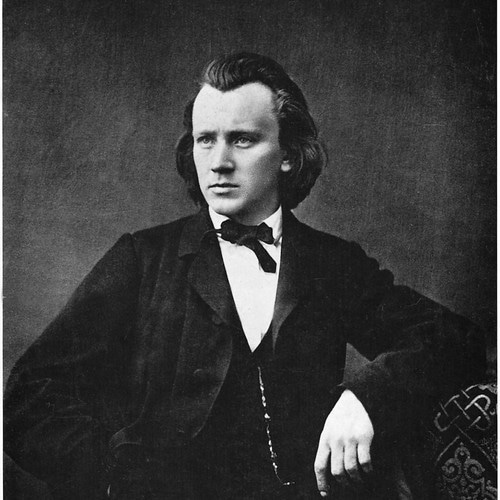










 수량을 선택해주세요.
수량을 선택해주세요.

